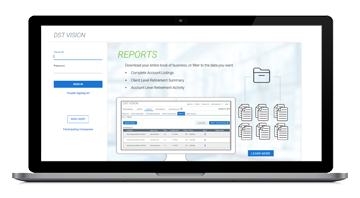For 2021 through August month end, there have been negative size and value premiums. Both size and value started off the year with strongly positive premiums in the first quarter; however, that has since reversed. With larger negative premiums observed in June and July for value and size, respectively. Conversely, the profitability factor has provided a nice tailwind so far this year. Overall, we're seeing a continuation of the factor performance trends that we saw in 2020. For 2021 through August month end, U.S. markets have outperformed, both developed international and emerging markets. Looking month by month, U.S. markets have seen consistent outperformance so far this year versus developed international markets. Outside of May, when developed markets outperformed, which then quickly reversed in June giving up May's outperformance and then some. Emerging markets started off the year very strongly, outperforming both the U.S. and developed international markets in January. Since then, emerging markets have mostly underperformed. With larger underperformances relative to the U.S. in both March and July. The US out performance so far this year is a continuation of what we saw in 2020. For 2021 through August month end, energy, financials, and REITs have been the best-performing sectors. On the flip side, consumer staples utilities and consumer discretionary have been the worst-performing sectors. Comparing to 2020, the energy sector has seen the biggest turnaround, as energy went from being the worst-performing sector in 2020 to one of the top-performing sectors so far in 2021. The other two top-performing sectors this year, financials and REITS, also have seen positive year over year turnarounds and performance. Conversely, consumer discretionary and information technology have so far had the worst change in performance year over year. Multifactor ETFs are a great way for investors to capture expected outperformance of individual factors like size, value, and profitability. While we always expect the factors to work or outperform each day, we know that's not always the case. Given that, staying consistently exposed to the factors and focusing on long-term investment horizons is the best way for investors to increase their likelihood of experiencing the expected outperformance. An additional benefit of multifactor ETFs is that the investment solution essentially has factor exposure diversification, which helps to mitigate any possible underperformances of a single factor with exposure to other factors.






